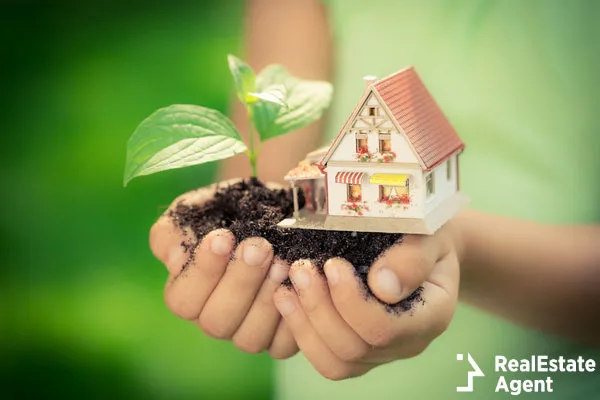
More than ever, the past dictates our future. The twenty-first century must face the dramatic repercussions of our past heritage concerning environmental issues. We foolishly exposed our planet to threats and insecurity. In practice, we do lots of harm to our immediate environment, and we should pay more attention to do’s and don’ts in nature. Humankind has been chiefly using such energy sources that systematically lead to the destruction of the planet’s immune system, the biosphere, the Ozone layer, and the atmosphere in general. Therefore, there are specific concerns of environmental threats for real estate developers.
In our short-sightedness, we are committed to using fossil fuels, especially coal, oil, and natural gas, which essentially cause havoc to our environment. Global warming? Yes, it is on. Air and water pollution? Check! Public health impairment? Check! Do they significantly contribute to wildlife and its habitat loss? Sure, they do. Melting ice caps? I prefer my whiskey on the rocks! All in all, we pollute the land, water, and air without taking quintessential cautionary measures.
Our real estate agents can give you plenty of reasons why you should choose green construction materials in your new home.
The most burning issue: wood as a building material
Due to the steady rise in population, humanity needs more houses. And yet again, the question of building materials comes into mind. Unfortunately, we still use a lot of wood without adequately backing up the quantity of tree usage. Wood is used in interior decoration as well. For that, there are eco-friendly interior designs on a budget.
Generally, the American population uses 10 to 15 billion cubic feet of wood as a building material, paper items, and energy every year. That amounts to 100 million tons! As an example, building companies use approximately more than 20 grown Douglas Firs to construct a 1,000 square foot home/building. Still, a minor positive sign is that experts no longer favor wood because of its highly combustible nature, so they chose steel and concrete instead. Nevertheless, we must pay special attention to replacing fallen trees.
Make way for environment-friendly building materials!
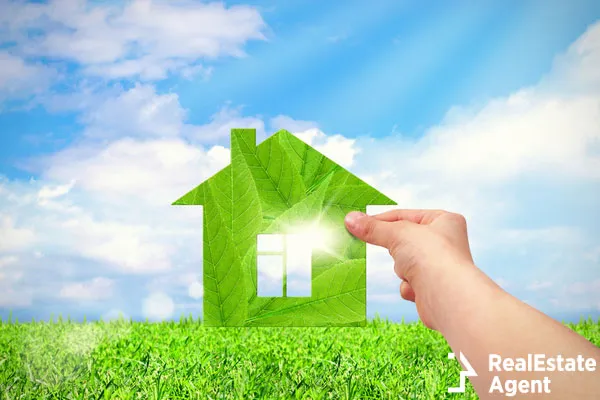
The term “green building” refers to a structure as well as the use of environmental-friendly and resource-efficient methods in the entire life span of a building from its design, construction, maintenance, renovation, and, finally, to its demolition.
According to the World Green Building Trends 2018 report from Dodge Data and Analytics, green buildings turned into “a global trend”. Most definitely, architects, or the ‘artists of the real estate world,’ are pro-energy maintenance. One of the reasons for their devotion to green building materials is that they can withstand hurricanes, but only when the building has been designed and built with competent construction methods.
Let’s have a look now at some of the most ‘notoriously’ popular eco-friendly materials for building, based on Elemental Green’s compilation. Some of these new sustainable materials will surely surprise you!
- Use the low-carbon technique of rammed earth walls and floors for thermal storage units. The sun heats your walls during the day and then gradually distributes the warmth accumulated throughout your house.
- Bamboo is popular all over the world because it became the ideal substitute for wood. Another proof for its sustainability is that it regenerates faster than trees, in some cases, it can grow three feet in a single day. Furthermore, people harvest bamboo every three years for construction purposes, while trees, depending on the species, can only be harvested every 25-50 years. The material can be found in various operations, including tile, trim and flooring, timber, countertops, and decks. For this reason, we can declare that it became the green building material of the future.
- Wool insulation is sustainable in its production; it can be quickly and safely installed and is absolutely a blast during its longevity! At the end of its life cycle, you can use wool insulation as organic fertilizer. Purchase this type of eco-friendly insulation in rolls and batts! Wool has a 10% higher insulating factor than fiberglass. Moreover, it can absorb, hold, and release humidity while maintaining its thermal qualities.
- Straw bales make your house utterly comfortable. The bales offer high-performance insulation. Therefore they can keep your home cool in summers and pleasantly warm during winter. Straw, however, is not the only energy-saving solution in winter. Architects now use the waste from agriculture to make straw bales. It is a carbon-sequestering alternative to timber. Keep in mind, though, that the walls will be thicker than in a traditional stick-frame house. Don’t worry about catching fire! Strawbale homes are fireproof. Customize it to your taste!
- Bioplastics are trendy green construction materials extracted from plant, animal, fungal, and bacterial sources. As new technologies emerge, these biocomposites are becoming more and more accessible, and of better quality.
- Mushroom roots, also known as mycelium, can be utilized to create building materials that are more solid and stable than concrete. To add, it provides your home with a more insulating ability than fiberglass. Evidently, it is fully compostable. Furthermore, mycelium develops underground without light, implying that no external energy source is required for growth.
Which of the conventional building materials is eco-friendly?
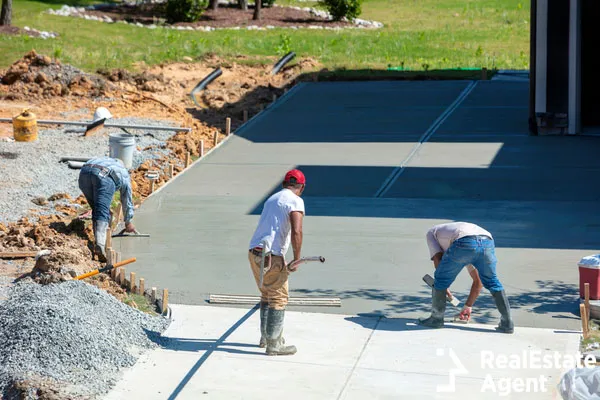
The distinction between traditional and alternative ecological building materials is that conventional building materials imply non-recycled resources that hurt our surroundings and the atmosphere. At the same time, alternative building materials utilize reused products. Therefore, we prefer sustainable and green materials.
Note! Conventional and harmful building materials do not mean the same thing! Nowadays, concrete and steel still lay at the foundation of buildings. Concrete, unlike wood, is created using non-sustainable methods. You find most of these conventional building materials in the grey zone’.‘
- Why this sudden hatred for concrete? Building professionals create concrete with the help of chemicals and they constitute waste and pollution. The process also results in lots of chemical wastage.
- Contrary to concrete, plaster is 100% eco-friendly, unlike other paints used in buildings. The application used for coating walls, is a natural, environmentally friendly medium absorbent and free of chemicals and volatile organic compounds.
- Opinions on steel vary. On the one hand, the most pessimistic scientists condemn steel based on rather telling statistics. “On average, 1.83 tons of CO2 is emitted for every ton of steel produced making steel production a major contributor to global warming adding over 3.3 million tons annually to global emissions.” (Source: The world Counts). On the other hand, supporters of the technology emphasize that steel is at the heart of a green economy. It provides people with economic development while satisfying environmental concerns. In addition, steel is completely recyclable without quality loss. In theory, it constitutes an infinite resource and endless life cycle.
- Although glass production requires a tremendous amount of fossil fuel energy, using glass as a conventional building is rather beneficial and environmental-safe. When glass breaks, it leaves no adverse chemicals behind and into the soil. What is more, glass is a winner on the recyclability test too.
Stay away from the red-zone toxic building materials!
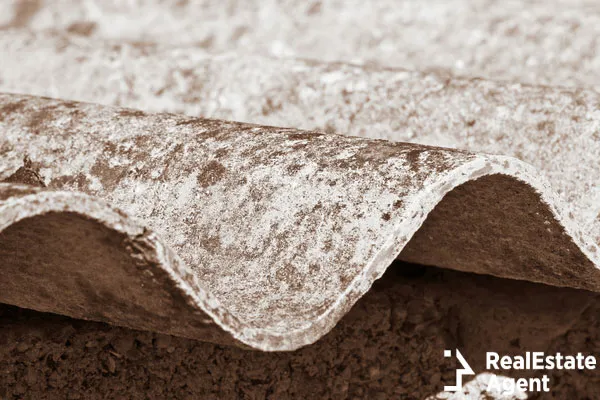
We must make a difference between sustainable alternatives and unsustainable conventional building materials. The red zone includes toxic materials that imply hazards to our health and our surroundings. Moreover, they are unsuitable for building materials. Let us remind you to ward off the following toxic materials: asbestos, lead, mercury, wood treatments, polychlorinated biphenyls, chlorofluorocarbons, halogenated flame retardants, etc. Unfortunately, some of them can still be found in buildings, though they go with penalty once discovered.
We should make a big deal out of toxic materials and their substances built in our homes! They literally release poisons into the air we breathe in through anything from lighting to paints, insulation, flooring, and wiring. The toxins can affect the embryos, induce allergies and asthma, and even cancer.
The environmental and economic impact of green buildings
Going green has the potential to put an end to an enclosing catastrophe. There are but advantages of green buildings over conventional buildings. They are the most effective tools for combating climate change, fostering sustainable and non-toxic communities, and ultimately leading to economic success.
Green buildings can generate their energy and promote biodiversity, like home aquaponic systems. In addition, it has the potential to reduce or remove negative impacts on the environment by using less water, energy, or resources.
One should consider the economic benefits of eco-friendly building materials, such as cost savings on utility fees for families and lower construction costs. Now, there are increased investment opportunities in green energy since green construction materials will increase the property value for building developers. Moreover, it positively influences occupancy rates and reduces management costs for building proprietors.
Problems with green building materials
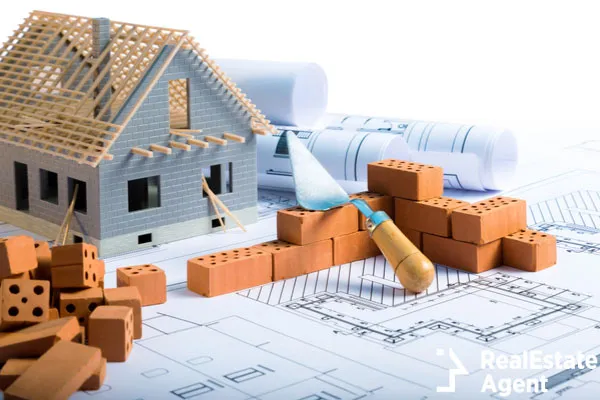
You will encounter only a few downsides of choosing biodegradable and environment-safe materials, which the future generation must remedy.
- You use natural ventilation and other cooling components in your greenhouse. In other words, you will not have complete control over temperature changes.
- You should seek expert assistance to avoid any problems or financial consequences.
- In addition, you have to pay attention to structural placement in green buildings. As a result, you may need to add additional elements to your green homes, such as shades or blinds.
- More time is required to construct a green building due to the difficulty in obtaining adequate materials.
- Building from non-toxic materials an eco-friendly home is costly. Your initial investments, however, will pay back with lots of energy savings!
The installation of solar panels can often be advantageous, and sometimes, though, renewable energy can affect your real estate.
The greenway is the best way!
Have you made up your mind about building a home? Green buildings are trendy and with these materials, you can build an eco-friendly house.
The eco-conscientious now are racing a dark future. Still, there is hope! Using environmental-friendly materials instead of toxic ones gains more momentum as a sign of people caring.
Everyone should participate in the green building project! Going eco-friendly does not imply that you must entirely remodel your home from scratch. You can make your old home smart, no worries! Try making minor improvements in your home: reduce your energy consumption! You will not only save money, but your environment will take a much-needed fresh breath. You can now plan your house with 3D printed homes technology!
If you have found this article helpful, share it on your social media! Are you pro or against green buildings? Do conventional and toxic building materials concern you? Your feedback matters to us! Let us know what you think and address your questions in the comment section below!
















Have a question or comment?
We're here to help.